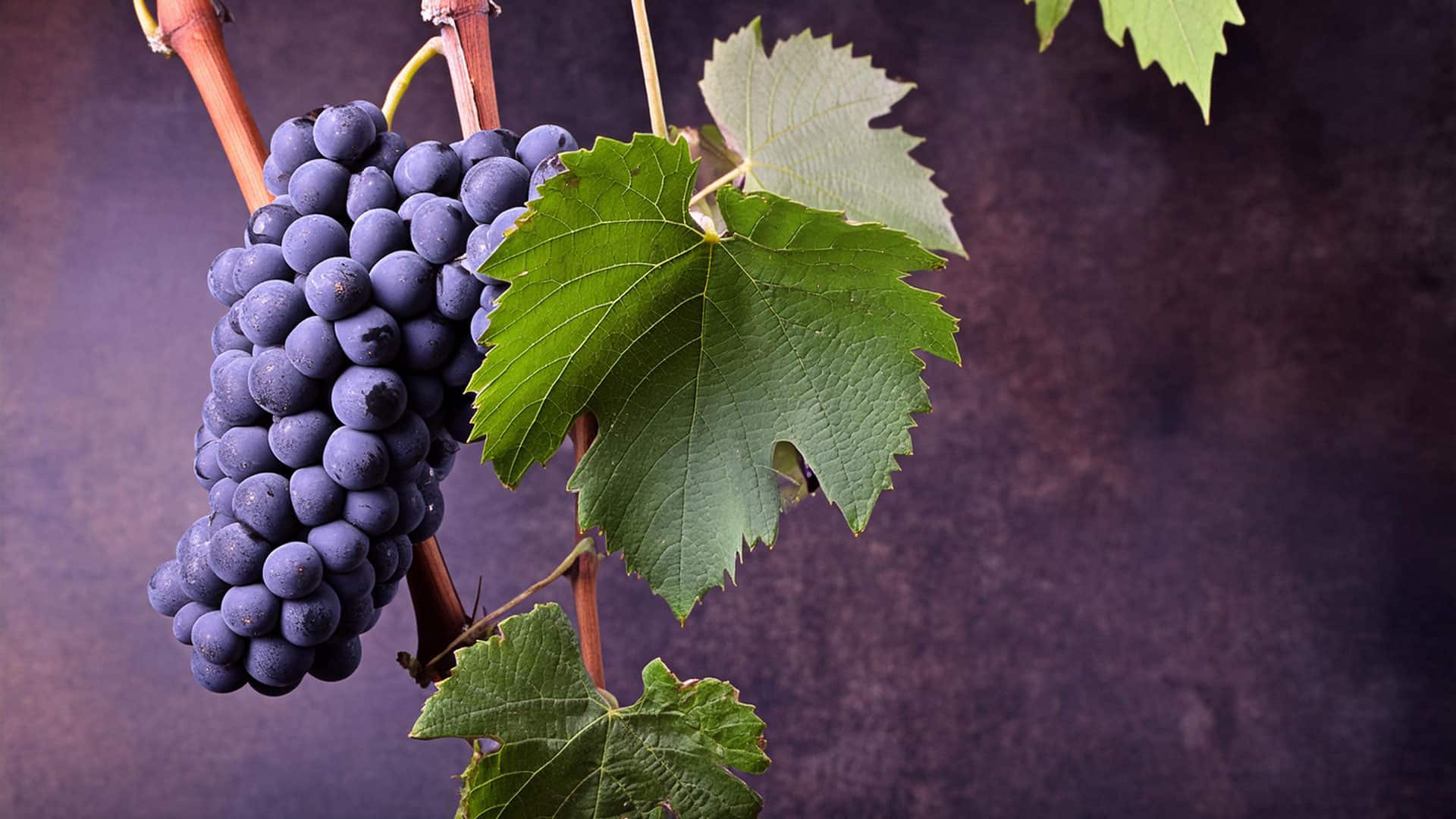The Merlot wine is of course just one of many excellent Valais red wines that we have in our range. In our online store you will also find a large selection of white wines, rosé wines, sparkling wines and digestifs.
If you are looking for a gift, we recommend the various tasting boxes from our gift service, for example, or a gift voucher, which gives the recipient a free choice in our online shop.
The most important facts at a glance
- Merlot is the second most important grape variety in the world after Cabernet Sauvignon (290,000 hectares under cultivation)
- The Merlot grape variety originally comes from Bordeaux, France, and is a cross between the Cabernet Franc and Magdeleine Noire des Charentes grape varieties; the name is derived from the blackbird (“merle” in French).
- Merlot wines are known for their fruity aroma, low tannins and acidity; they are well suited for cuvées, especially with Cabernet Sauvignon, and harmonize with a variety of dishes, including meat and hearty dishes.
Origin, origins & significance of Merlot
Like many other excellent grape varieties, the Merlot grape originates from France, more specifically from Bordeaux, a region in the southwest of France. The first written mention and thus proof of its origin can be found in Bordeaux in the 14th century. Called Crabatut noir, it was more of a secondary variety among the grape varieties.
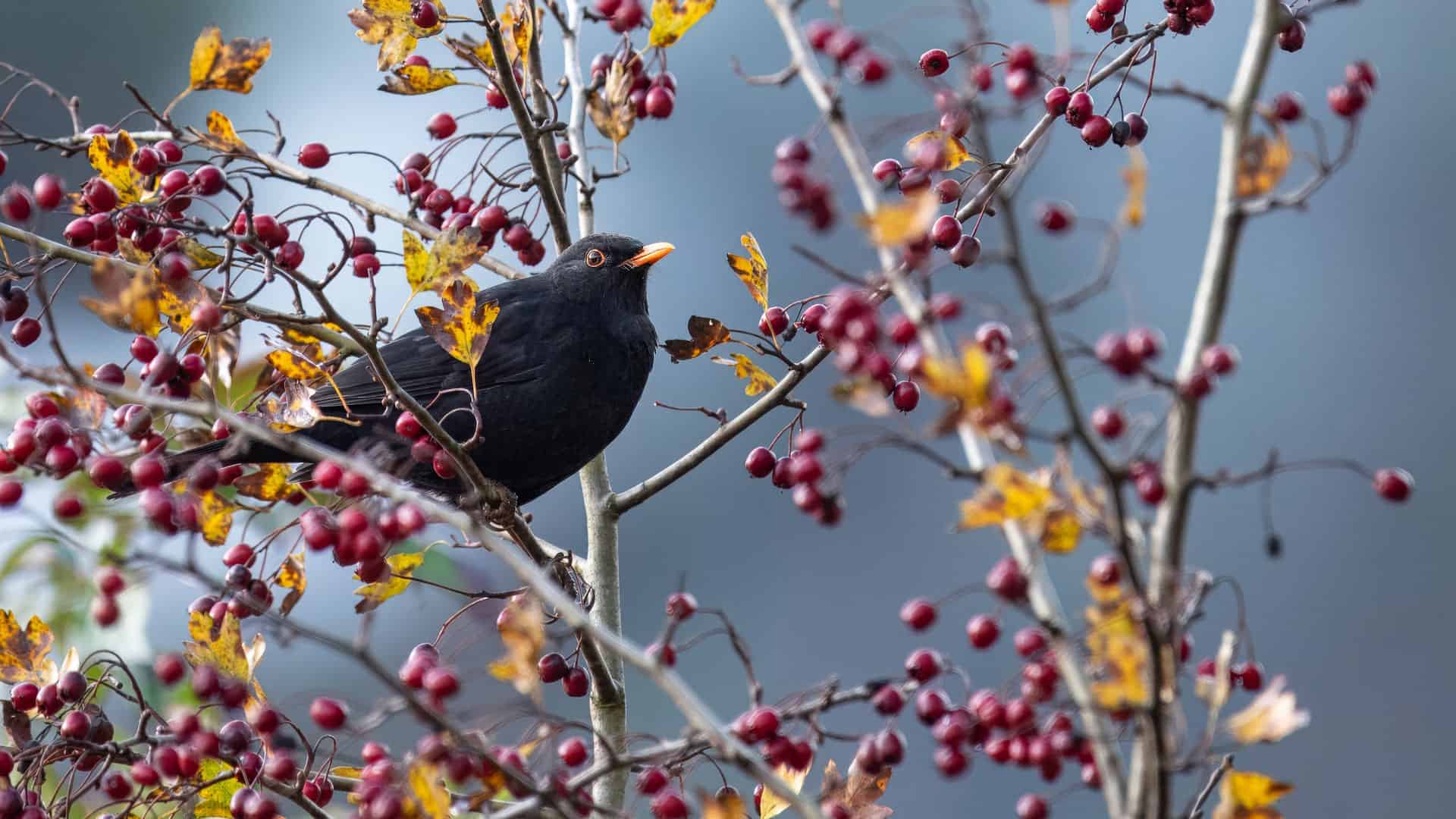
Today, it owes its name to a widespread songbird, the blackbird. The birds are called “merle” in French and it is said that they like to nibble on the fruit of this red grape variety. The grape variety was named Merlot as early as 1784.
The importance of Merlot: A grape variety valued worldwide
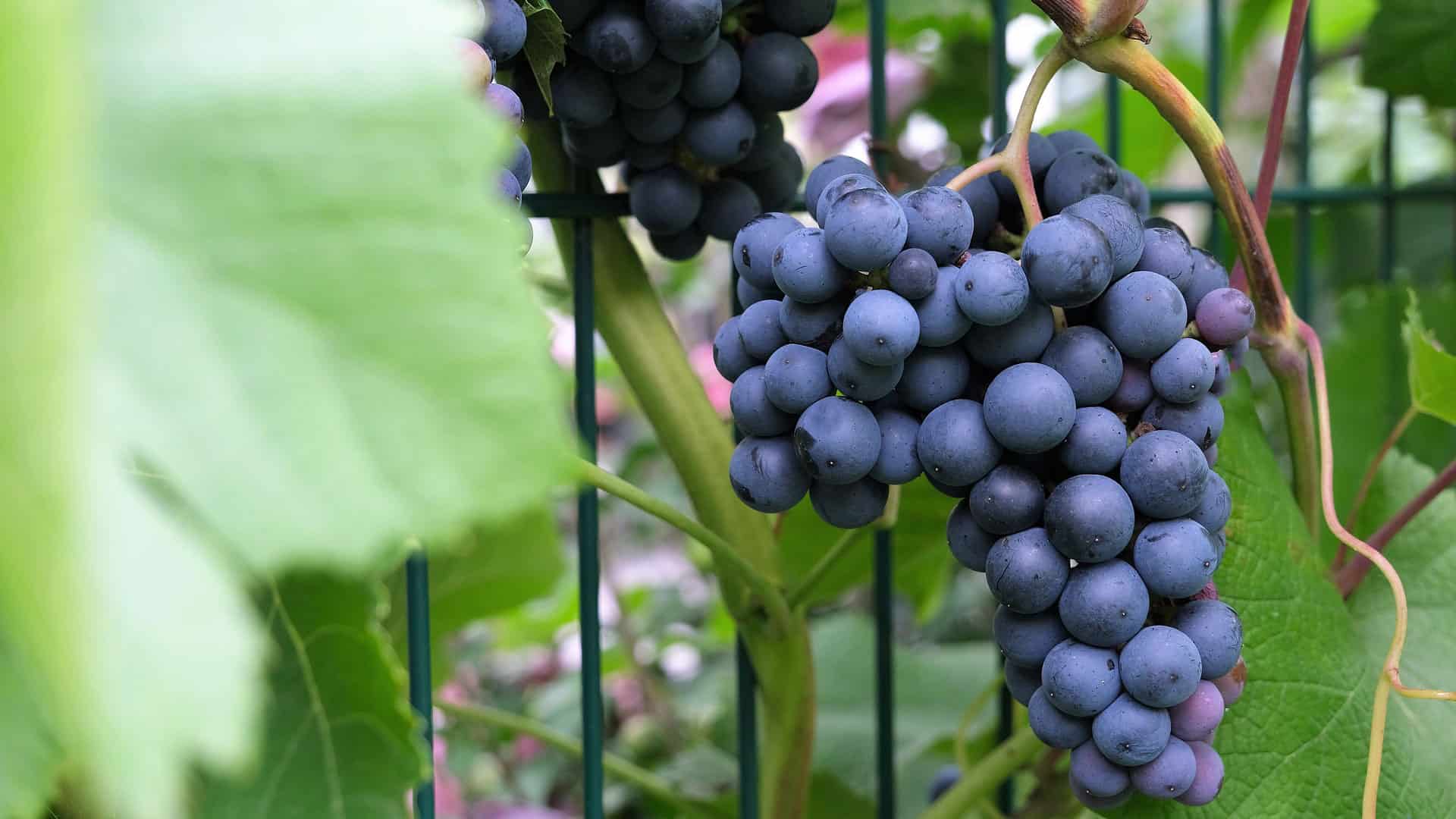
Merlot is the world’s second most important grape variety after Cabernet Sauvignon. The area under vines is just under 270,000 hectares. In France, the area under Merlot has increased dramatically from 16,975 hectares in 1958 to 114,578 hectares in 2018, demonstrating the significant growth of this grape variety.
The popularity of Merlot is growing steadily, especially among younger consumers. This is mainly due to its refreshing character, which is contributing to the growth of the premium and luxury wine market. Merlot plays a crucial role in the United States, which led the global wine market in 2022 with sales of 52.7 billion US dollars.
The role of Cabernet Franc and Magdeleine Noire des Charentes
It is interesting to note that the Merlot grape is the result of a natural cross between Cabernet Franc and Magdeleine Noire des Charentes. This underlines the deep roots and rich history of this world-famous grape variety, including the Merlot Blanc variety.
Merlot and Cabernet Sauvignon – the most famous wine comes from Bordeaux
Château Petrus is a household name for every wine connoisseur: the Pomerol in Bordeaux is the most famous and most expensive single-varietal Merlot in the world. However, Merlot grapes are also suitable for refining and harmonizing other varieties. Cabernet Sauvignon proves to be a suitable partner.
Merlot wines also harmonize well with oak tannins and are suitable for ageing in barriques. Interestingly, there is also a rare variety called Merlot blanc, a natural cross between Merlot and the white grape variety Folle Blanche, which is a rarity in cultivation.
Merlot growing regions worldwide
Merlot is grown all over the world. The grape variety can be found in South Africa, Argentina, Brazil, the USA, Germany, Hungary and, of course, in various regions of France, but also in Austria and Italy.
The key regions for the cultivation of Merlot include:
- France (The best red wines from Merlot come from Saint-Émilion and especially from Pomerol, such as Pétrus and Le Pin. However, the diversity of Merlot is impressive and extends across various wine regions worldwide).
- Italy
- Spain
- California
- Chile
- Argentina
- Australia
- South Africa
- warmer regions of Germany such as the Palatinate and Rheinhessen
Each of these regions brings its own unique characteristics and styles to the production, resulting in an impressive variety of Merlot wines.
Merlot red wines – gilded in Salgesch
Vines grow in all 26 cantons of Switzerland. Valais is the largest wine-growing canton, covering 4732 hectares, or a third of Switzerland’s vineyards. Around 60 percent of this is used for the production of red wines. With 147 hectares of vineyards, Valais is the second largest producer of Merlot red wine after Ticino (879 hectares). The history of Merlot began in Salgesch in 1930.
With six gold medals (Mondial du Merlot), the “Merlot Nadia Mathier” from the Adrian & Diego Mathier Nouveau Salquenen AG winery is a top-quality wine. The importance of the Valais region for Merlot production underlines its role as a key region for wine production.
Characteristics of the Merlot grape: growth, ripeness and yield
Merlot is characterized by the following features:
- moderate to strong vigor
- Tendency to form many water shoots and stingy shoots
- requires a well-developed foliage wall due to its semi-upright to horizontal growth habit
- has good fertility
- is therefore preferably treated with a short incision.
Merlot grapes ripen moderately late, around two to two and a half weeks after the reference variety, Chasselas. Merlot often tends to produce high yields, but is somewhat sensitive to winter and spring frosts.
The Merlot variety prefers loamy, calcareous soils for growth and shows moderate to strong vigor. A temperate climate with sufficient sunshine is ideal, as Merlot is sensitive to frost and needs enough sun during ripening.
Taste profile of Merlot: Aromas, tannins and acidity
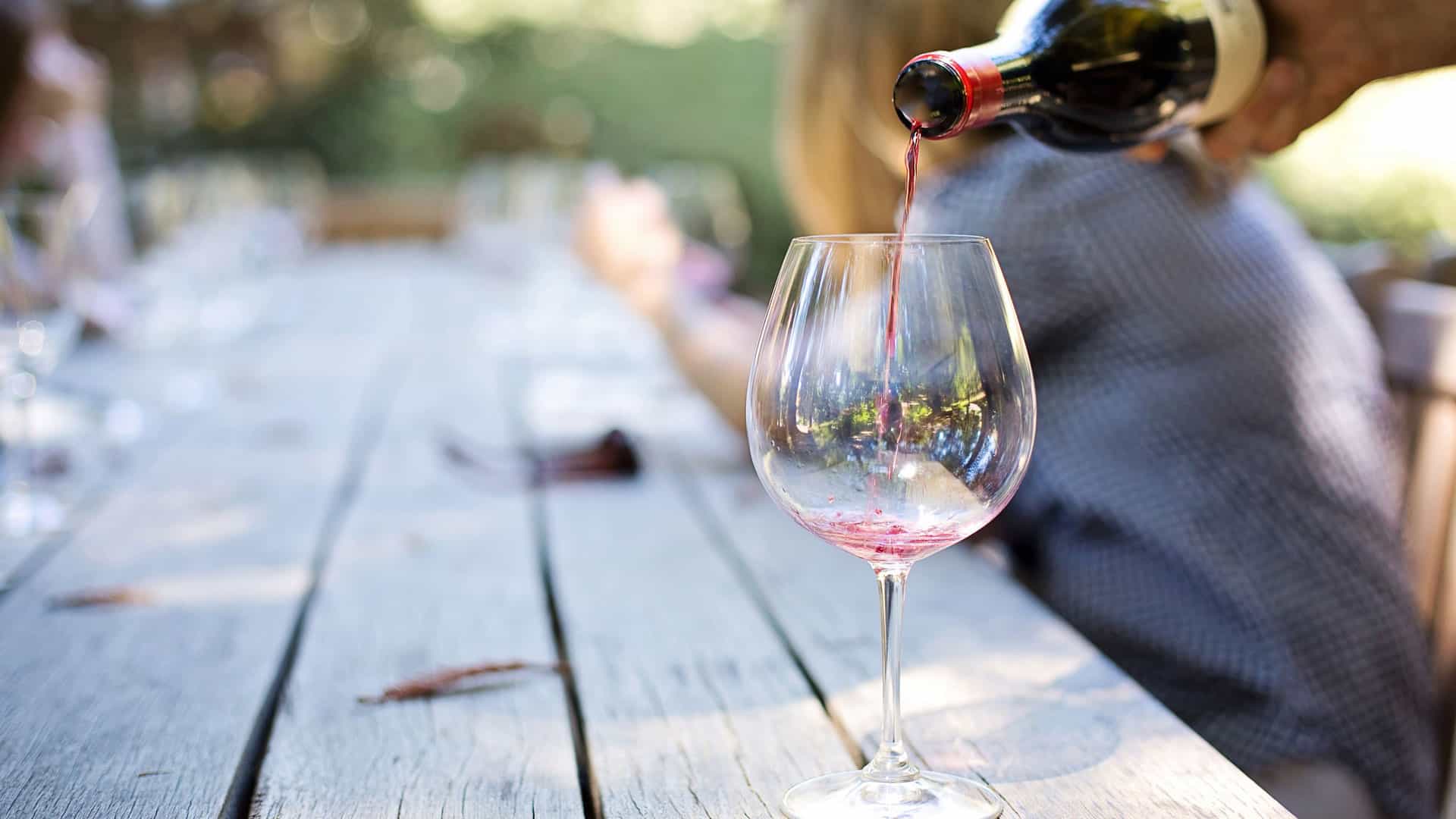
Merlot red wines often have a fruity aroma profile with notes of:
- Plums
- Cherries
- dark berries
- black cherries
- Blackberries
Wines made from this grape variety are characterized by a velvety texture and low tannin presence, are soft and supple on the palate and often medium to full-bodied. Dolcetto Fiano is an example of such wines.
These wines, especially reds, are round and full-bodied with a relatively low acidity, resulting in a balanced and pleasant drinking experience. As Merlot red wines mature, they can develop complex aromas and take on an even softer texture, especially when aged in oak barrels.
What are the synonyms for Merlot?
There are over 60 synonyms that testify to its worldwide distribution. Alicante, Alicante Noir, Begney, Bidal, Bidalhe, Bidney, Bignay, Bigney, Bigney Rouge, Bini, Bini Ruzh, Bioney, Black Alicante, Bordeleza Belcha, Bordeleze Belcha, Cabernet Del Cleto, Crabutet, Crabutet Noir, Crabutet Noir, Merlau, Ferjansckova, Hebigney, Higney, Higney Rouge, Lambrusco Munari, Langon, Lecchumskij, Medoc Noir, Merlan, Merlau, Merlau Rouge, Merlaud, Merlaut, Merlaut Noir, Merle, Merle Petite, Merleau, Merlo, Merlo (Italy), Merlot, Merlot Black, Merlot Blue, Merlot Blauer, Merlot Crni, Merlot Nero, Merlott, Merlou, Odzalesi, Odzhaleshi, Odzhaleshi Legkhumskii, Petit Merle, Picard, Pikard, Plan Medre, Planet Medok, Plant Du Fleuve, Plant Du Medoc, Plant Medoc, Plant Medre, Saint Macaire, Seme De La Canau, Seme Dou Flube, Semilhon Rouge, Semilhoum Rouge, Semilhoun Rouge, Semillon Rouge, Sud Des Graves, Vidal, Vini Ticinesi, Vitraelle, Vitrai, VitrailleVariety of Merlot wines: Regional differences and styles
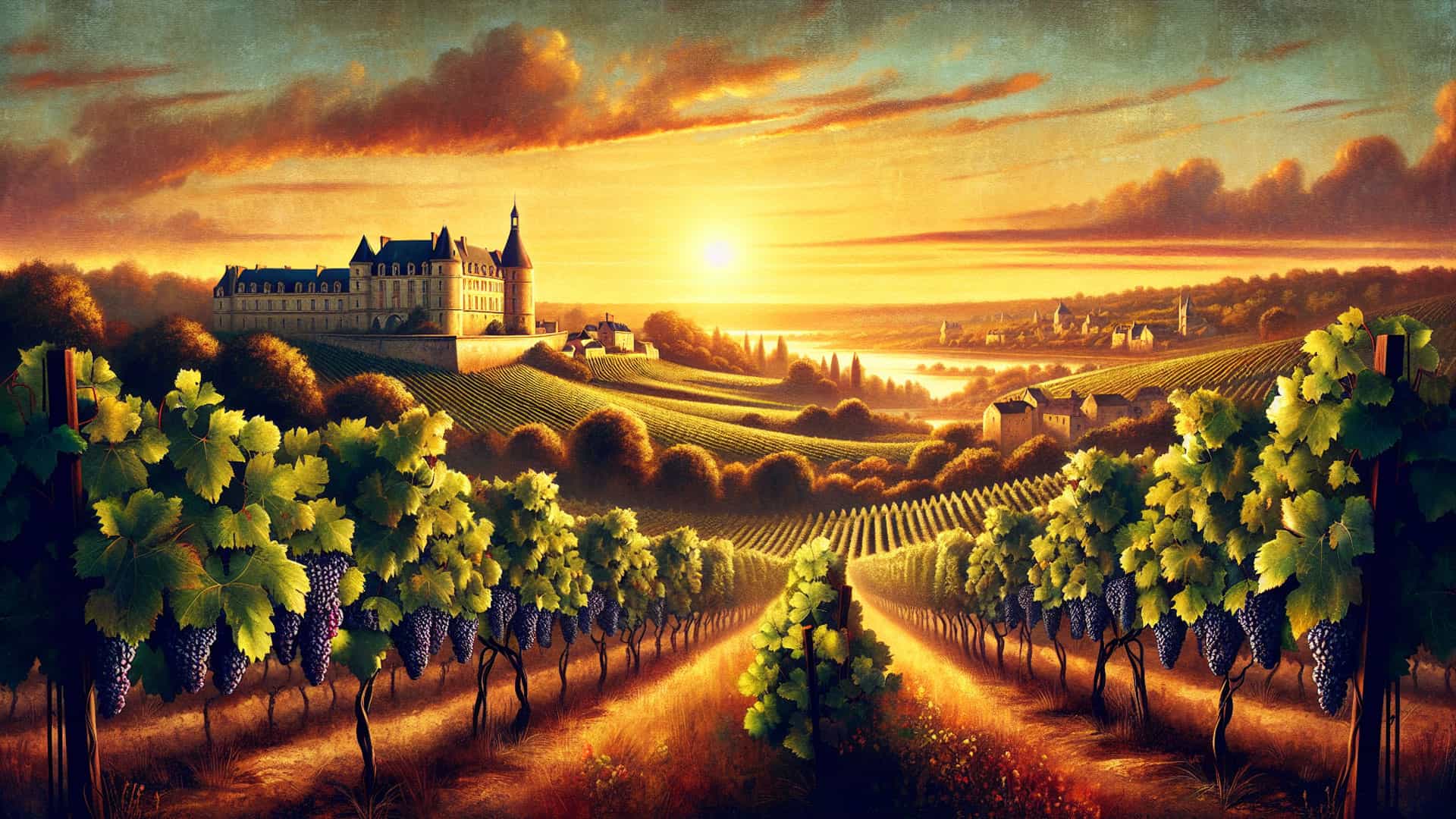
Merlot in cuvées and blends: The perfect complement
In the Bordeaux region, the Merlot variety, especially in combination with Cabernet Sauvignon and Cabernet Franc, forms the basis for world-famous red wine cuvées, such as those from Chateau Charmail Haut Medoc, Château Cantemerle Grand Cru and Chateau Chante Alouette Grand Cru. The addition of Merlot to cuvées generally makes wines more accessible at an earlier stage, although this can affect the long-term shelf life of the red wine.
Cabernet Sauvignon has proven to be the most suitable partner for Merlot in the form of classic Bordeaux blends, with Merlot promoting the accessibility of these wines. However, Merlot is also frequently blended outside of France, for example with Sangiovese in Italy, to create typical regional wines.
Merlot and food: The best combinations
Merlot red wines are an excellent accompaniment to meat dishes and, with aromas of wild berries, spices and chocolate, form a harmonious combination with entrecôte, for example. But vegetarian options are not neglected either. Merlot is particularly suitable for hearty vegetable casseroles.
Mature Merlots with mild tannins go well with firm, salty cheeses such as Manchego, Emmental or Parmesan. In general, Merlot wines harmonize well with strong, aromatic dishes without drowning them out and create a balance on the palate as an accompaniment to a meal.
Merlot in alternative wine styles: Rosé, Blanc and more
Rosé wines can be made from Merlot grapes using methods such as direct pressing. Another method of rosé production is maceration, which is often used in regions such as Provence.
Another approach to rosé production is the saignée method, in which the juice is extracted after a short period of contact with the berry skins and vinified separately. In addition, 20 to 25% of the Merlot harvest in Ticino is processed into white wine and sold as Bianco del Merlot.
Merlot Nadia Mathier – showered with gold as number one
This wine has won gold after gold at the Mondial du Merlot, the world’s only Merlot award. The Merlot Nadia Mathier has won gold eleven times in twelve years – unique! Merlot is grown on the limestone and slate terraces in Salgesch and Sion. The Merlot has a strict yield limit of 600 grams per square meter.
After the harvest, fermentation is carried out in Vinimatics to ensure optimum temperature control. A Vinimatic is a closed fermentation tank with rotating paddles that are cooled from the outside with water. Vinimatics are used to maximize the extraction of the valuable grape juice during maceration. After fermentation, the Merlot Nadia Mathier is aged for 15 to 18 months in new French barriques.
Our selection of award-winning Merlot wines
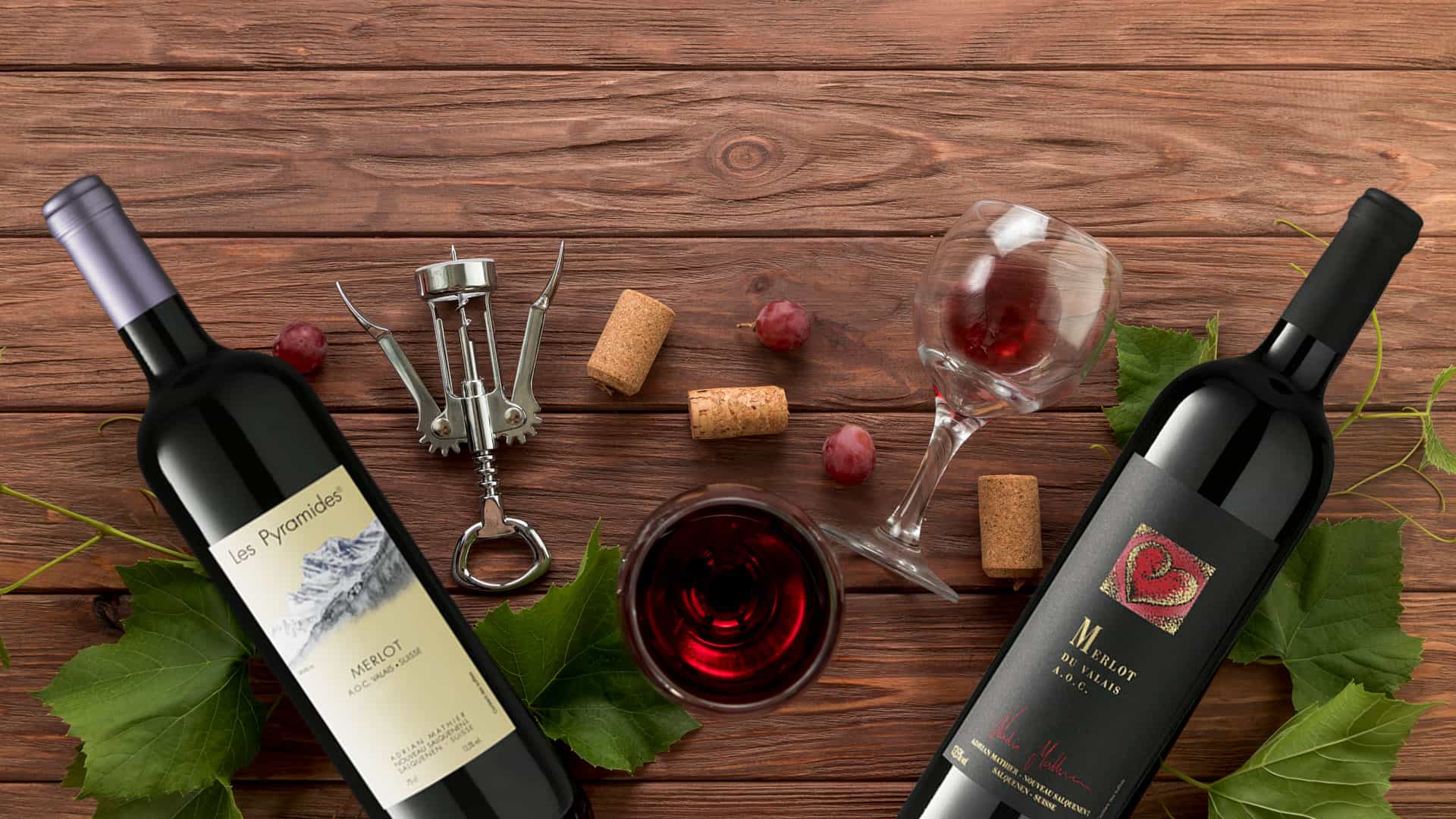
Interesting facts about Merlot
Where does the Merlot grape originally come from?
The Merlot grape originally comes from the Bordeaux region in France. Nowadays, however, it is grown all over the world, including in Italy, the USA, Australia, Chile and South Africa.
Why is Merlot so popular?
Merlot is very popular with younger consumers due to its refreshing character and versatility and is also contributing to the growth of the premium and luxury wine market.
What are the characteristic aromas of Merlot wines?
The characteristic aromas of Merlot wines are often fruity with notes of plums, cherries and dark berries, as well as black cherries and blackberries.
What dishes does Merlot go well with?
Merlot goes well with meat dishes, hearty vegetable casseroles and firm, salty cheeses.
Can Merlot also be used to make other styles of wine?
Yes, Merlot can be used to make rosé and white wines, such as the Bianco del Merlot, also known as Merlot blanc or Blanc de Merlot in French.

